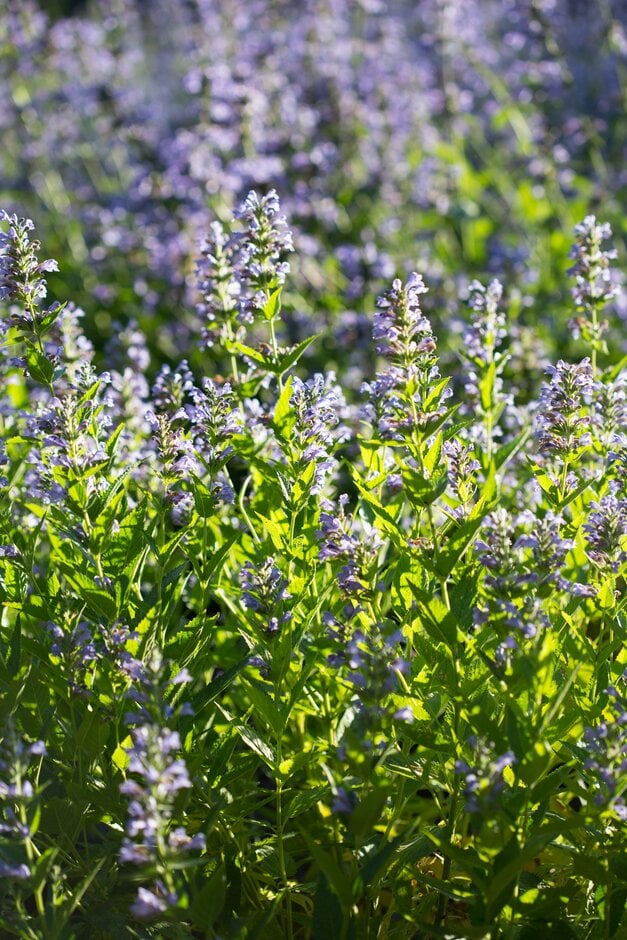Not the plant you're looking for? Search over 300,000 plants
Herbaceous Perennial
Size
Ultimate height
0.1–0.5 metresTime to ultimate height
2–5 yearsUltimate spread
0.1–0.5 metresGrowing conditions
Chalk
Loam
Sand
Moisture
Well–drainedpH
Acid, Alkaline, NeutralColour & scent
| Stem | Flower | Foliage | Fruit | |
| Spring | Green | |||
|---|---|---|---|---|
| Summer | Blue | Green | ||
| Autumn | Green | |||
| Winter |
Position
- Full sun
Aspect
South–facing or West–facing
Exposure
Exposed or Sheltered Hardiness
H6Botanical details
- Family
- Lamiaceae
- Native to GB / Ireland
- No
- Foliage
- Deciduous
- Habit
- Bushy
- Genus
Nepeta can be annuals or, more commonly, perennials, with paired, usually aromatic leaves, and terminal spikes or panicles of 2-lipped, tubular flowers
- Name status
Accepted
How to grow
Cultivation
Grow in well-drained soil in full sun but will tolerate light shade
Propagation
Propagate by division in spring or autumn; take softwood stem-tip cuttings in early summer or semi-ripe cuttings in early autumn
Suggested planting locations and garden types
- City and courtyard gardens
- Cottage and informal garden
- Coastal
- Gravel garden
- Wildlife gardens
- Ground cover
- Flower borders and beds
Pruning
Deadhead spent flowerheads and cut hard back at the end of the flowering season or in early spring
Pests
Diseases
Powdery mildews can be problematic
Get involved
The Royal Horticultural Society is the UK’s leading gardening charity. We aim to enrich everyone’s life through plants, and make the UK a greener and more beautiful place.
